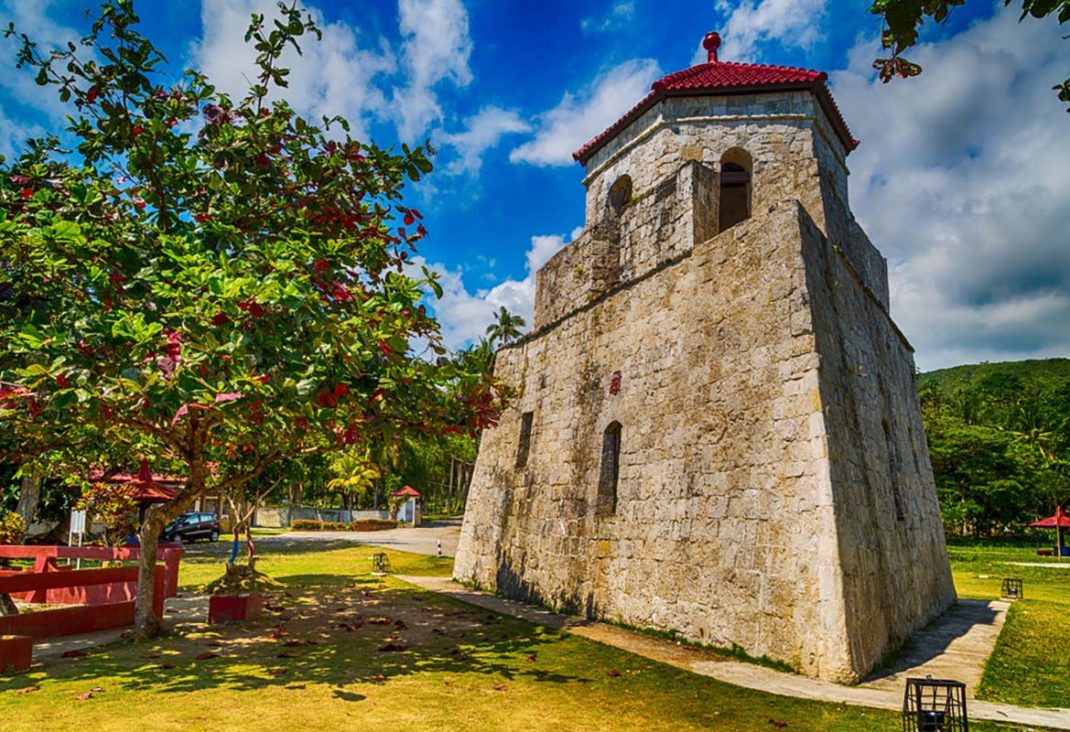Bohol’s captivating beauty rests on its scenery of flora and fauna. But beyond these sights, there is more to Bohol than meets the eye. The rich culture and history of this province surely made marks on textbooks. To actually experience visiting these sites will surely add another dimension of appreciation to the rich history and culture Bohol contributed in the present age.
Blood Compact Monument
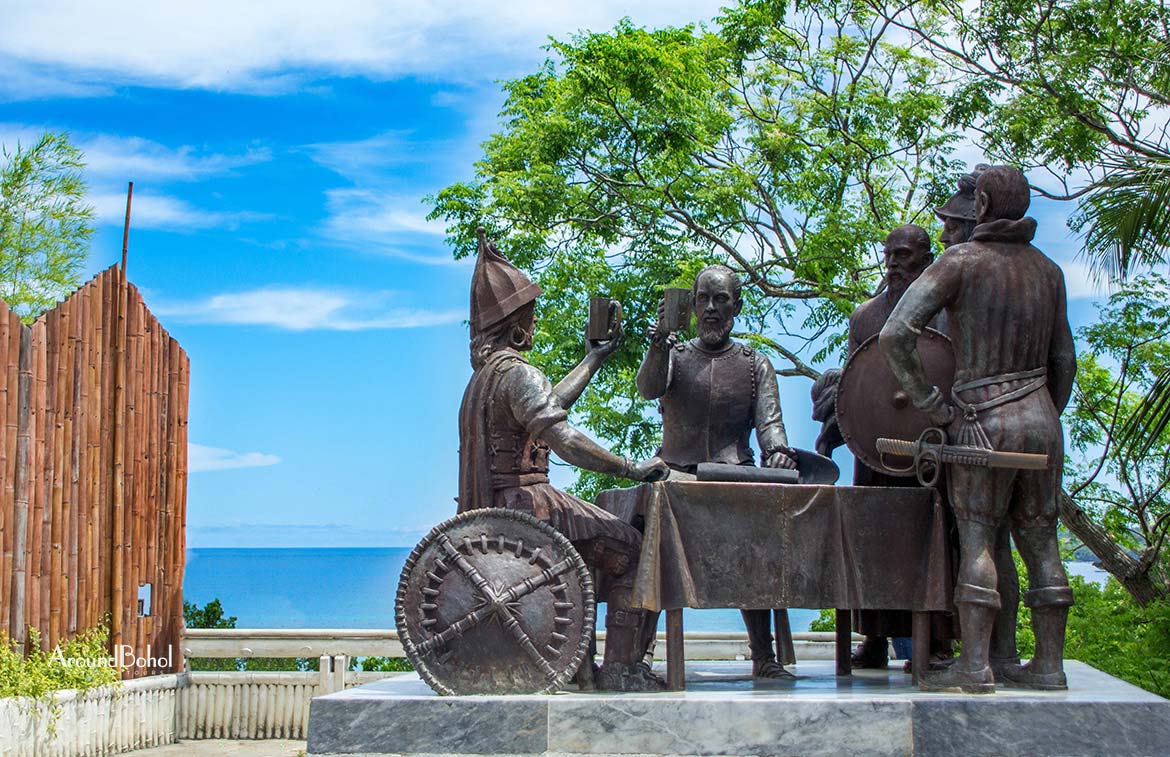
Photo: Around Bohol
In pre-Hispanic Filipino history, much has been told about the Sandugo. It is a treaty of friendship forged by Miguel Lopez de Legazpi and Datu Sikatuna on March 16, 1565, who drank blood mixed in wine with arms intertwined. In honor of this important event, a Blood Compact Monument was installed in Barangay Bool, Tagbilaran City. While it may not be the exact spot where the Sandugo took place, nonetheless, this gives a concrete image of the beginnings of a long-intertwined history of our country and Spain. Bohol’s grand and colorful Sandugo Festival is also celebrated every year to commemorate this historical event.
Punta Cruz Watchtower
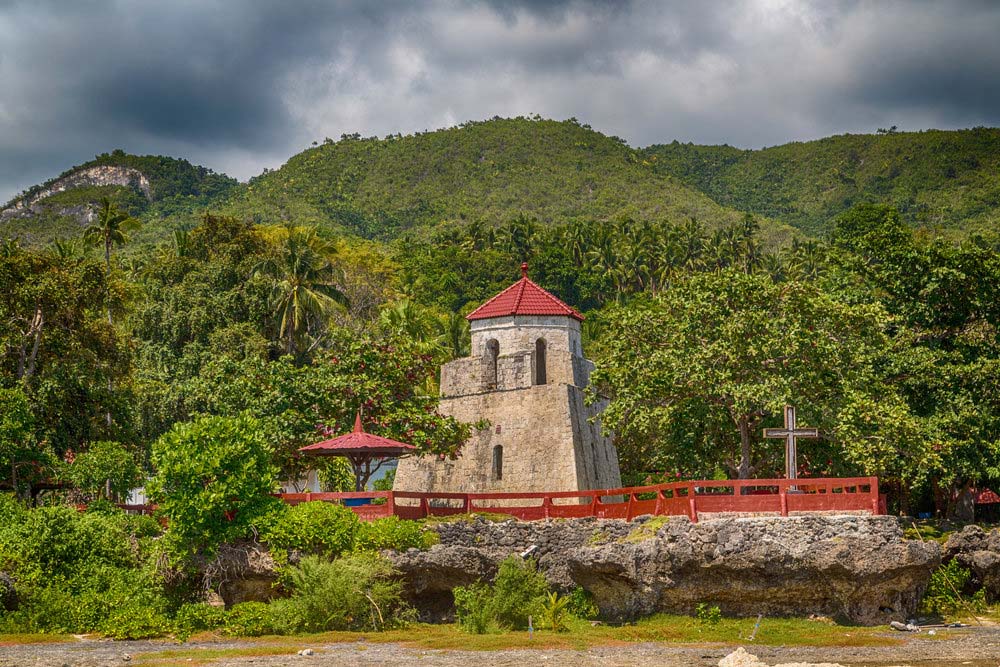
Photo: William Adam
When at Maribojoc, the most talked-about historical site is the Punta Cruz. Made up of two words punta meaning “cliff” and cruz meaning “cross” was built by the Spanish friars to commemorate the feast of the town’s patron saint. From its erection in 1796, this watchtower is unique, it being the only perfectly-shaped isosceles triangle structure made of stones currently existing. This landmark was originally made as a watchtower to guard the townsfolk against thieves, pirates, and Moros during the time. Going inside the watchtower, it provides a splendid view of the Bohol strait and nearby provinces of Samar and Cebu.
Mt. Carmel Hill
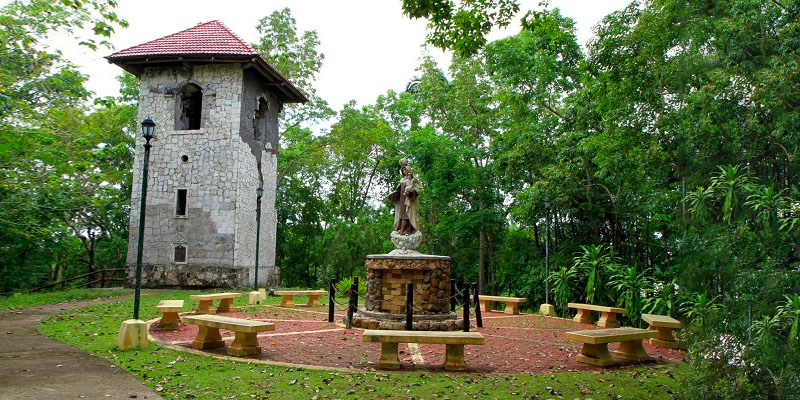
Photo: Bohol Philippines Travel Guide
The most remarkable piece of structure and history at the town of Balilihan is the watchtower erected at Mt. Carmel Hill, located near one of Bohol’s historic churches. This structure made of adobe and limestone was said to be from the town of Baclayon made by builders transporting it by foot. During the Philippine Revolution, the original church erected alongside this was burned down and the belfry remained up to the present. The tower is measured at four stories high and going inside, there appears to have fewer openings and no clear division among floors. The topmost floor has an arc opening designed with florals and scroll work is the central focal point inside. A concrete stairway is even made for tourists to come up and look at the sights the tower allows.
Dagohoy Marker
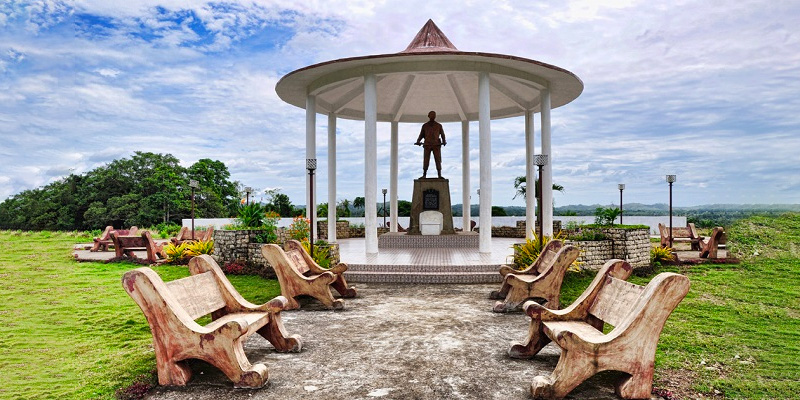
Photo: Bohol Philippines Travel Guide
This heritage site located at Magtangtang, Danao, contains two historical markers. The Dagohoy Marker is a life-like statue of Francisco Dagohoy, a well-known Boholano and historical figure. The Revolt which Francisco Dagohoy started in Bohol lasted for 85 years which began in 1744 until 1829. The Philippine Historical Commission took charge of building the statue located at the plateau of the cave. The cave served as the main headquarters and hideout of the revolutionaries. It was said that the revolutionaries who refused to come out of the cave opted to die inside it rather than to surrender. It also served as a concentration camp during World War II. At present, the cave retains its original look as the guardians wanted to preserve the look it had way back.
Behind the Clouds
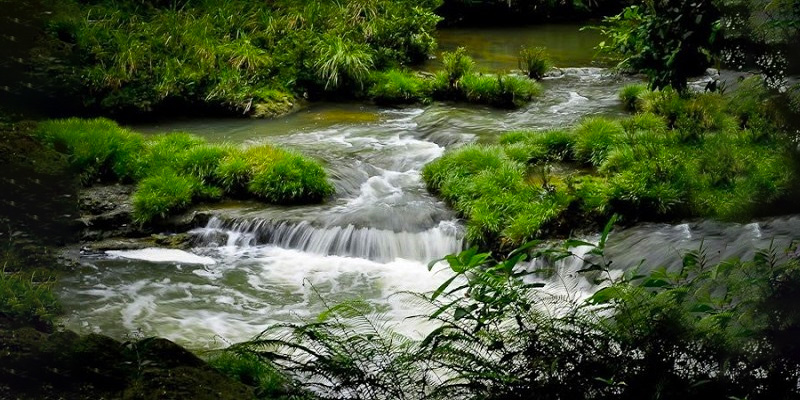
Photo: Bohol Philippines Travel Guide
In Catigbian, a historical marker of purely natural form can be found. Behind the Clouds was once a place of resistance of Boholanos during the Japanese occupation. The camp was hidden in the ravines until such time it was discovered and became a prisoner camp of the enemy.
Pres. Carlos P. Garcia Memorial Park
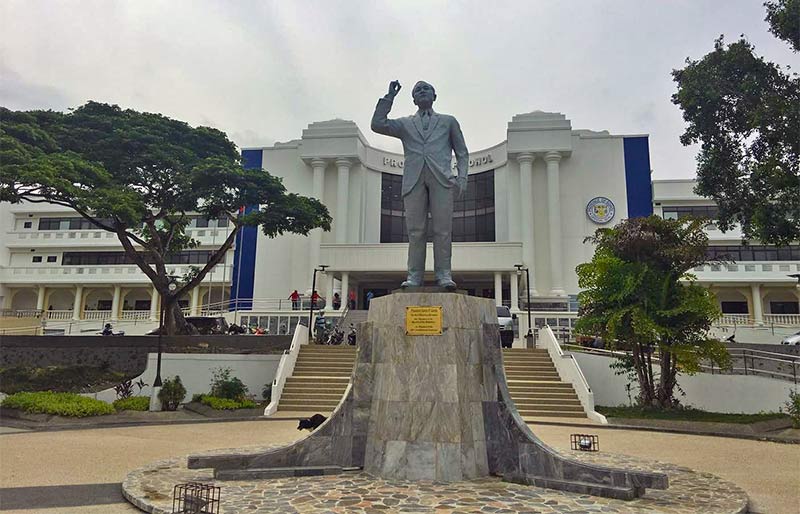
To remember one of Bohol’s sons and respected leaders of this country, a giant marble statue was erected within this park. Carlos P. Garcia, the fourth President of the Republic and the first President of the 1971 Constitutional Convention, chose this 11-acre area when he was still a governor. The marble statue was made by a Boholano sculptor and artist, Napoleon Abueva.
Not only was a park honored and maintained but also the house where President Garcia stayed is found at Tagbilaran City. This served as the former President’s vacation house during his term and now it was converted into a museum. The present-day museum fondly known as the White House contains personal properties of the late President and his family.
Featured Image: William Adam

